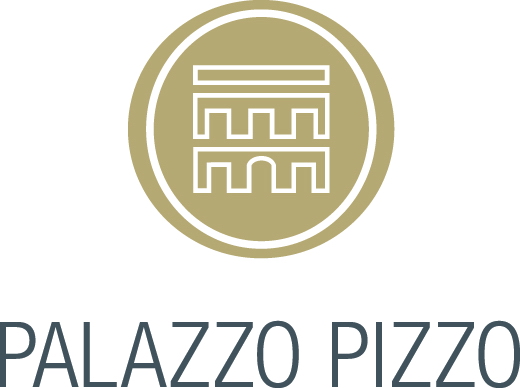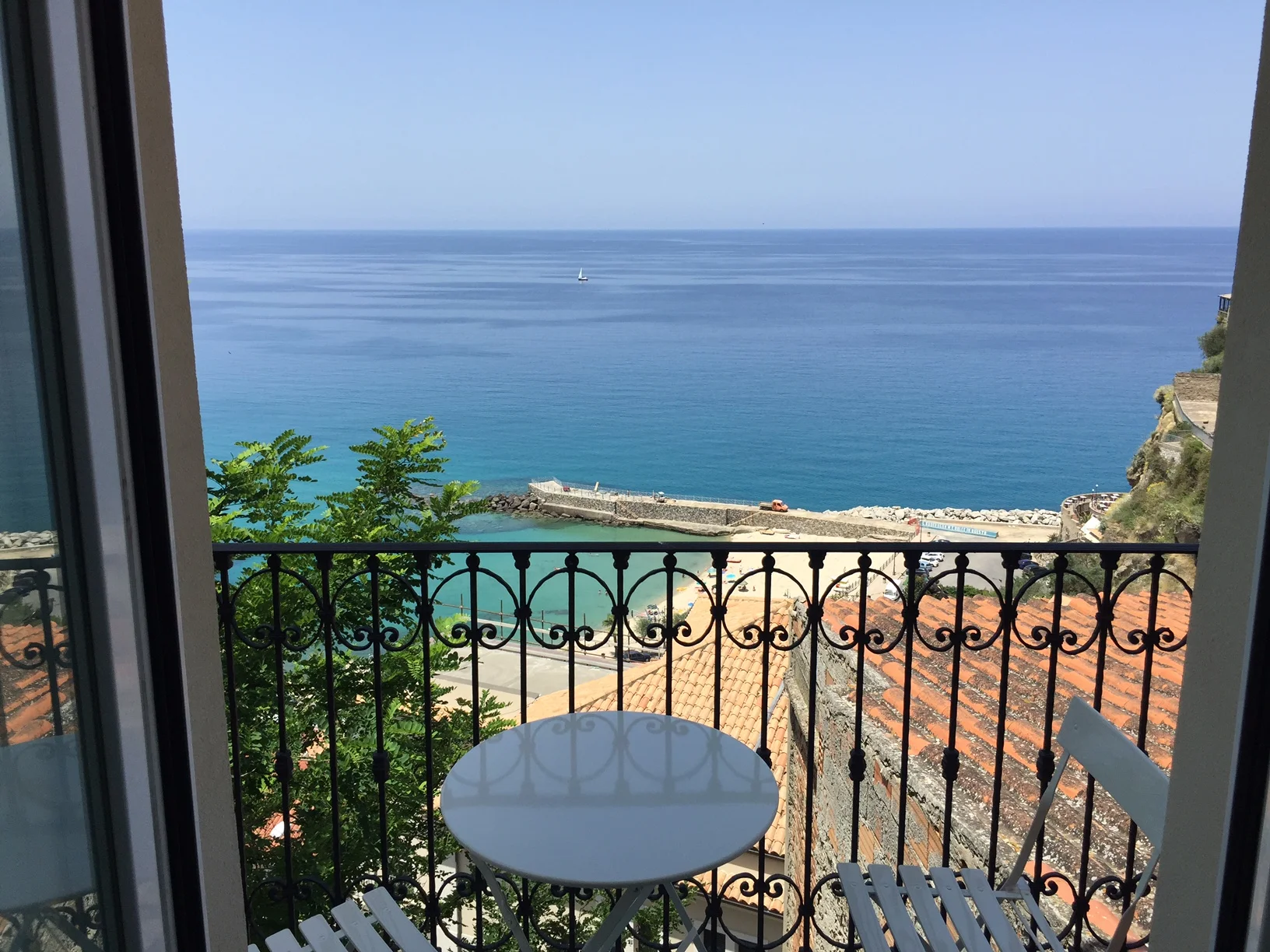Point of Departure
/
When I was in Pizzo this summer, I posted that the house looked worse than last year when we bought it. Did you read that? Did you believe me? Those of you who still associate the Italian word palazzo with a glamorous palace got the wrong idea.
In Italian casa means 'home'. It can be a 'house' or an 'apartment'. A villa is a big house with a big garden. And a palazzo is a big house with no garden. Italians have nice sounding words for simple things and our palazzo is far from glamorous.
 I reported that almost all window glass was broken. Probably kids threw stone at the windows. Of course some of the glass was broken before and all windows need to be replaced anyway.
I reported that almost all window glass was broken. Probably kids threw stone at the windows. Of course some of the glass was broken before and all windows need to be replaced anyway.  Wild plants are growing on the floors of several rooms inside the house. Outside they grow on the walls as well as on the terrace and the balcony. Rain water is following their roots. We need to isolate the house well to avoid the penetration of rain water.
Wild plants are growing on the floors of several rooms inside the house. Outside they grow on the walls as well as on the terrace and the balcony. Rain water is following their roots. We need to isolate the house well to avoid the penetration of rain water.And last but not least more graffiti was on the doors.
I hope that all this 'wildness' will fade soon after we have the permission to start the renovation works. The permission is expected to be given in September. Let's see if the architect can keep his promise :)

























